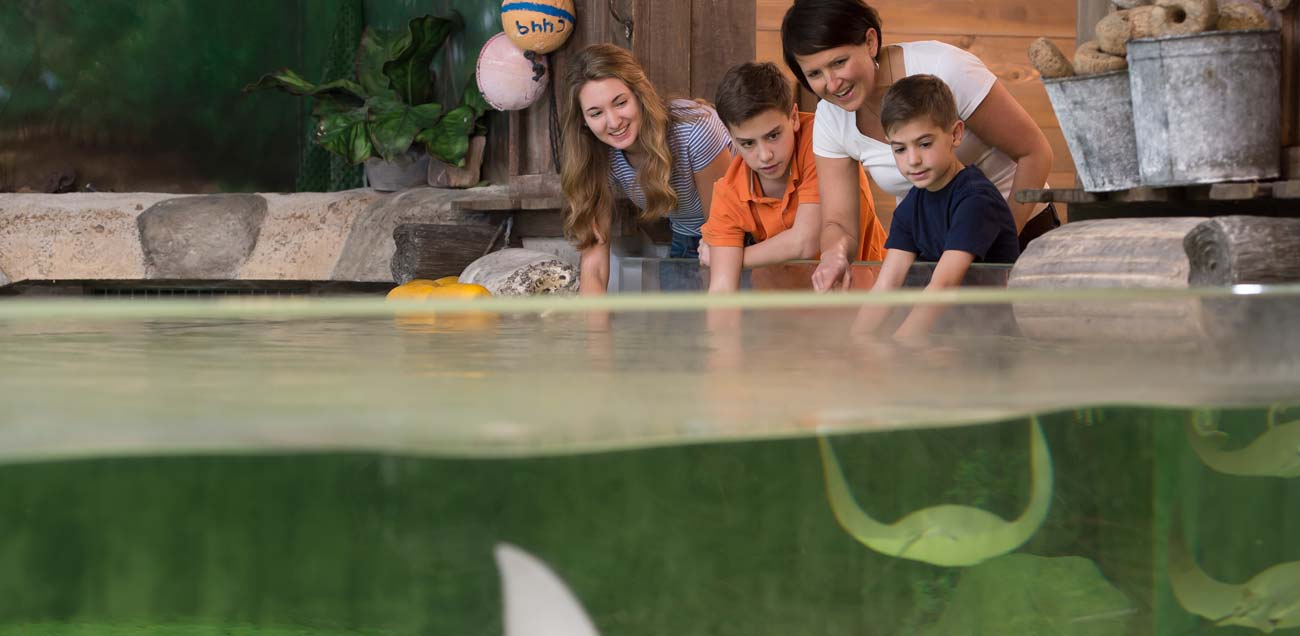Did you know that the Fort Wayne Children’s Zoo maintains six Motus towers in Northeast Indiana?
Motus means “motion” in Latin and that’s exactly what the Motus Wildlife Tracking System follows – motion! Using a series of antenna towers that stretch across North America, South America, Europe, Africa, and Australia, Motus uses radio telemetry to track the movement of wildlife, including birds, bats, and insects. This research is truly a worldwide effort scientists across the globe to contribute data for migration research and help maintain the integrity of the towers, including the expertise from the Fort Wayne Children’s Zoo and the Indiana Department of Natural Resources.
Using data collected from our very own towers, a new discovery has been made about the migration patterns of monarch butterflies and the common green darner dragonfly. Combined research with other towers was able to determine that with favorable tailwind, monarch butterflies can migrate almost 90 miles in a single day while the green darter dragonfly is able to travel 76 miles! It was also discovered that the insects migrated further on warm days and precipitation did not affect their migration rate. This new discovery gives us insight into how we can even better serve the migrating species native to Indiana and around the world.
June 17 marks the beginning of National Pollinator Week, which serves as a reminder to protect the pollinators native to Indiana. Without pollinators like the monarch butterfly, ecosystems would fail to thrive, which is why the data Motus collects is so important. Planting native flowers, letting clover bloom in your yard, and buying local produce and honey are just a few things you can do at home to help native pollinators!
Written by Environmental Quality Technician Jean

